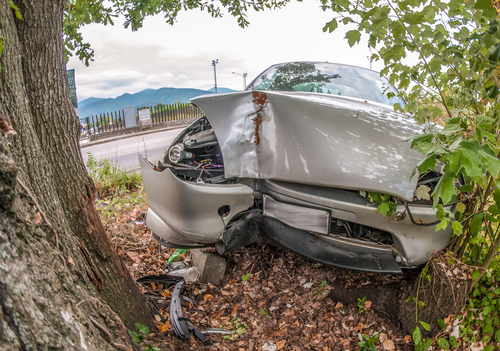 |
The Centers for Disease Control and Prevention (CDC) says more than 2.5 million people went to emergency departments, and about 200,000 were hospitalized due to vehicle crashes in 2012. Indeed, crashes remain the leading cause of employee fatality. What can you do to reverse this trend? Start with training on essential information.
According to the new government data, the cost of lifetime work lost due to crashes in 2012 was an estimated $33 billion. The good news is that there were almost 400,000 fewer emergency department visits and 5,700 fewer hospitalizations from crash injuries in 2012 than in 2002. “Motor vehicle crashes and related injuries are preventable,” said Gwen Bergen of the National Center for Injury Prevention and Control.
Vehicle safety experts note that while much has been done to keep people safe on the road, no state has fully implemented all the interventions proven to increase the use of seat belts and other crash-prevention measures. The government recommends that states take steps like increasing seat belt use through primary enforcement. That means a driver can be stopped and cited for a seat belt violation. Without primary enforcement, a seat belt citation can only be issued if the driver is pulled over for another citable violation.
What is the most effective and cost-efficient way to provide safety training for your workforce? Try a demo of BLR’s remarkable TrainingToday® at no cost or obligation.
Safe Driving Basics
As winter weather approaches (and has already descended on some areas of the nation!), it’s a good time for refresher training on these safe-driving basics with your employees.
- Use a seat belt at all times. That goes for passengers, too.
- Avoid taking medications that could make you drowsy while behind the wheel.
- Avoid distractions such as talking or texting on cell phones, adjusting the radio or other controls, and eating or drinking while driving.
- Continually search the roadway to be alert to situations requiring quick action.
- Keep your cool in traffic; be patient and courteous to other drivers. Do not take other drivers’ actions personally.
- Reduce stress by planning your route ahead of time, allowing plenty of travel time, and avoiding crowded roadways and busy driving times if possible.
- Prepare your car and yourself for inclement weather. Carry jumper cables, a shovel, an inflated spare tire, and a bag of salt or kitty litter. You also need a personal survival kit with a blanket, drinking water, a flashlight, and nonperishable snacks. (See tomorrow’s Advisor for more detailed instructions.)
Try a demo of BLR’s remarkable award-winning TrainingToday® at no cost or obligation. This includes the Workplace Safety Library. Get the details.
In tomorrow’s Advisor, we’ll impart training information on preparing for and driving safely in winter weather.
